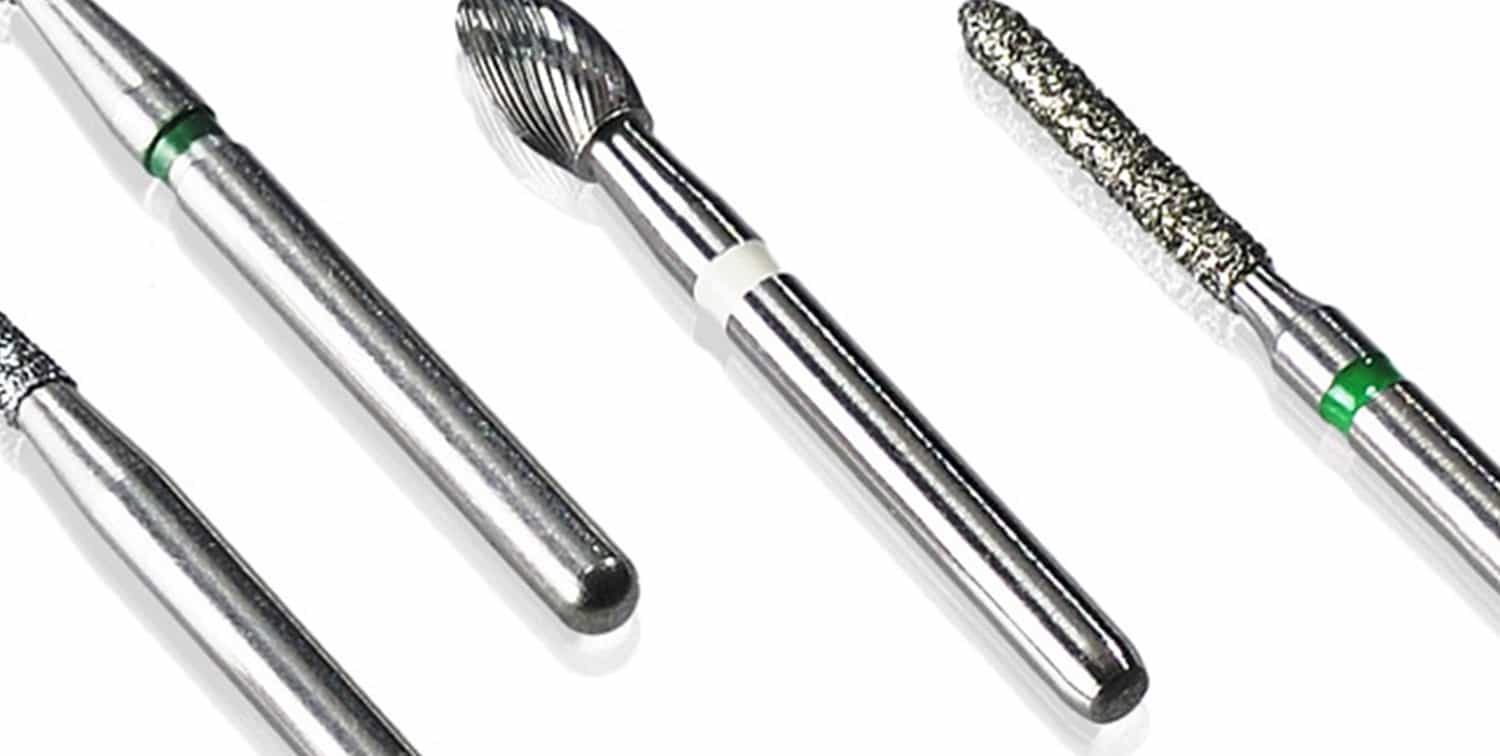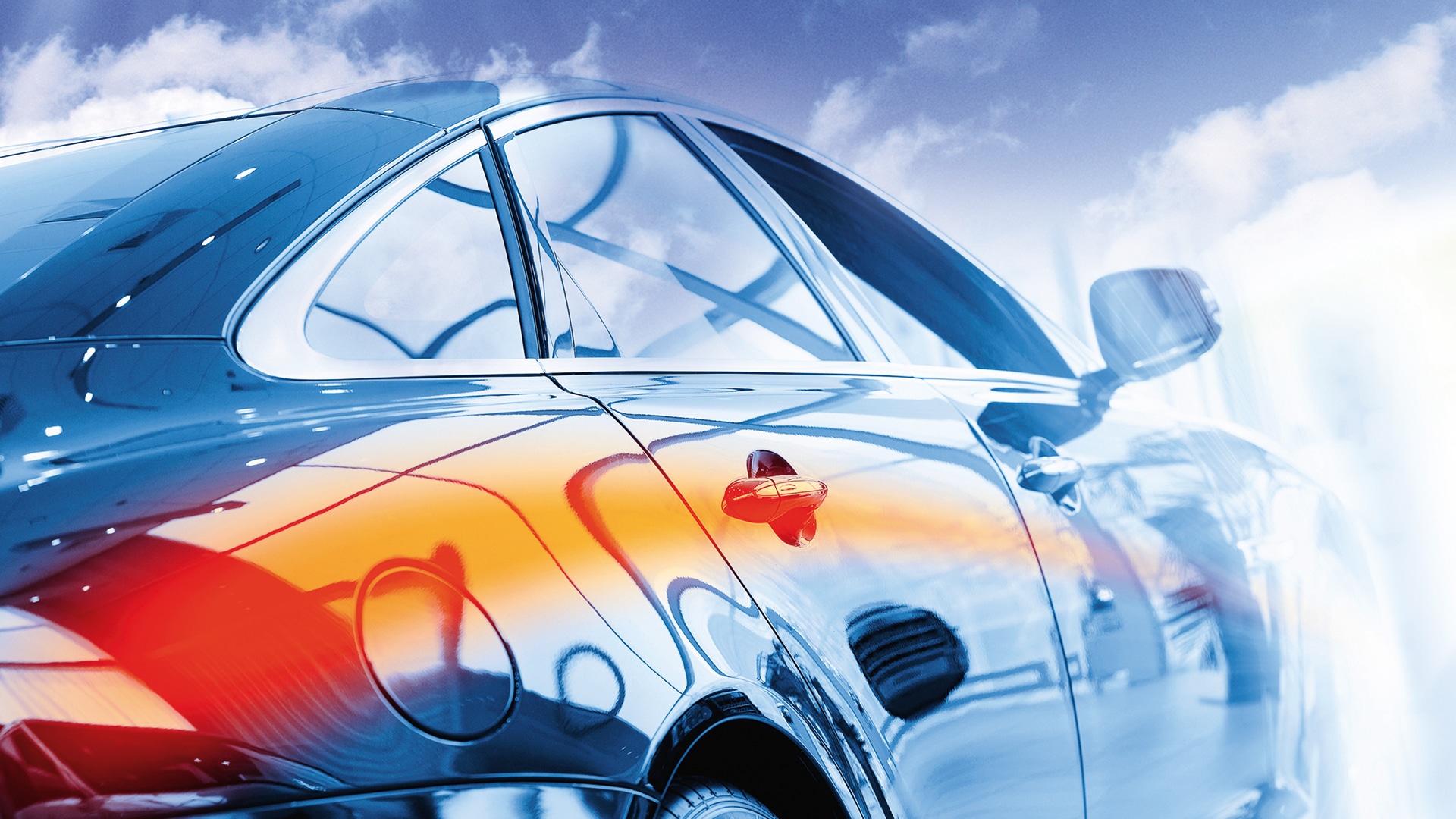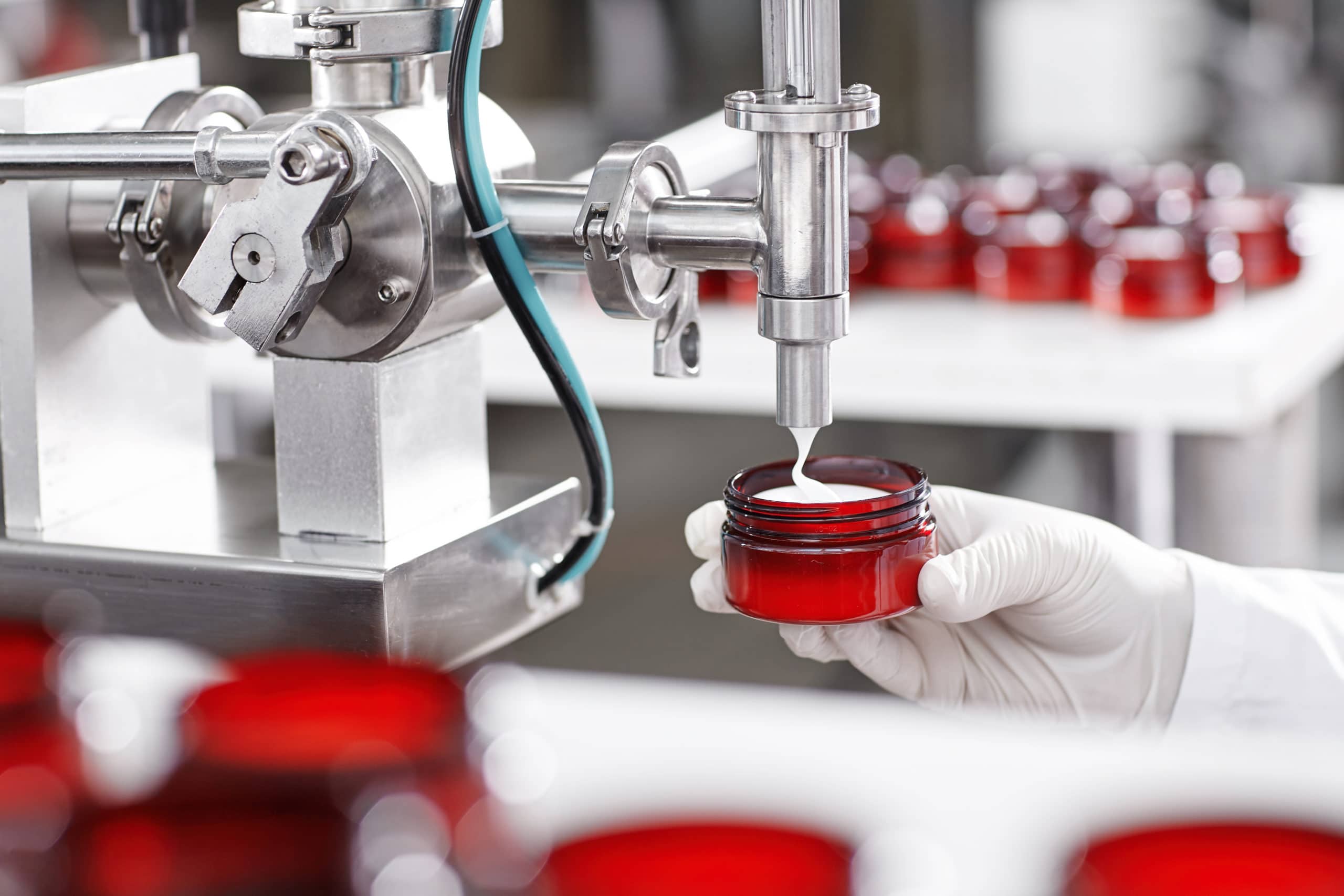what is plasma nitriding?
Plasma nitriding, also known as ionitriding, is a thermochemical process for surface hardening of metals. Plasma nitriding is an established and successful process that is particularly important for precision-machined parts. It is a heat treatment process that is used to improve wear resistance and material fatigue.
plasma nitriding process
The process uses a plasma discharge of hydrogen and nitrogen gases both to heat the steel surfaces and to supply nitrogen ions for nitriding. If necessary, a carbon-emitting gas can also be used. However, this is then referred to as plasma nitrocarburizing.
The required temperature is usually between 480°C and 520°C. A voltage is generated between the inner wall of the furnace and the components. This leads to the creation of an ionized atmosphere around the component surface, the so-called plasma seam. There, the nitrogen atoms hit the surface of the component and produce nitrogen-containing nitrides.
benefits of plasma nitriding
Plasma nitriding is a treatment that is often used to improve the wear resistance of components or parts.
The advantages of plasma/ion nitriding are:
- The compound layer can be minimized to a level suitable for customer requirements
- It is often used for finished parts as no further machining is typically required
- Possibility to replace partial treatment by using simple mechanical masks
- Mechanical masking is the best option for components in large series
- Wear resistance is generated by a diffused hard coating
- Ability to reduce dimensional changes and achieve a uniform layered housing on complex geometries
- Improved fatigue properties: The process induces compressive stresses, which improves fatigue strength
- Finishing on near-finished components, meaning very little (or no) lapping, polishing or grinding is required
- Potential to reduce scrap through precisely repeatable cycles
- Environmentally friendly heat treatment process with no toxic waste
suitable materials for plasma nitriding
Plasma technology is primarily suitable for stainless steel and other high-alloy steels that are not suitable for a classic gas heat treatment process.
Plasma nitriding is suitable for all ferrous materials as well as for sintered steels, cast iron and high-alloy tool steels. The process is used in particular when components are to be partially treated and paste covering is not practical or economical.
When treating high-alloy and corrosion-resistant materials at low temperatures, the existing corrosion resistance can be retained. Titanium and nickel alloys are also plasma nitrided. The hard layer created when nitriding these materials is usually relatively thin (<20 micrometers), but very hard and wear-resistant.
application of plasma nitriding in various industries
Plasma nitriding is widely used in various industries, especially for components that are subject to high stress and wear. This low-temperature, low-distortion process is widely used in the automotive, aerospace and general engineering industries and is applied to a variety of components. Engine camshafts, engine crankshafts, gear wheels, tools, machine elements and similar components benefit significantly from the improved material properties of the plasma nitriding process.
- Engine camshafts
- Engine crankshafts
- Gear wheels
- Tools
- Machine elements
- Gearing parts
benefits from our services, from the idea to series production
- Development of individual innovations
- Clarification of detailed questions
- Support from the idea to series production
- First-class customer care
- Top quality – no matter whether we are talking about small batches or large-scale production
- Certified according to DIN EN ISO 9001:2015, VDA 6.1:2016
frequently asked questions – plasma nitriding
Plasma nitriding, plasma nitrocarburizing, ionitriding, pulse plasma nitriding, Plasox, cold nitriding or plasma hardening.
The process works with a nitrogen-hydrogen gas mixture as the nitriding medium, which is ionized in a vacuum furnace at a negative pressure of 50 Pa to 600 Pa by means of a high-current glow discharge.
With plasma nitriding, the more cost-effective bulk material variant cannot be used, and there are always contact points that could not be nitrided.
Whereas in conventional heat treatment processes, the reactions on the component surface result from the surrounding gas phase, in plasma nitriding the reactions are exclusively represented by the high-energy plasma space.
industries we serve
process locations
Any questions? Contact us directly or select a process location near you.
Amboise
France 47.41544421.0245775 info.amboise@aalberts-st.com +33 247 2374 74 show locationAnderstorp
Sweden 57.265275813.615284 info.nordic@aalberts-st.com +46 371 58 71 70 show locationKehl
Germany 48.500157.82006 info.kehl@aalberts-st.com +49 7854 96470 show locationSoudan
France 47.7059027-1.3208699 info.soudan@aalberts-st.com +33 228040600 show locationBirmingham
United Kingdom 52.5108198-1.8767323 info.birmingham@aalberts-st.com +44 121 322 2280 show locationAtxondo (Pais Vasco)
Spain 43.136701799453-2.5944685935974 info.paisvasco@aalberts-st.com +34 946215590 show locationTelford
United Kingdom 52.7205556-2.4701772 info.telford@aalberts-st.com +44 1952 677372 show locationUnsere Verfahren
Wir bieten weltweit alle Arten von Wärmebehandlungsprozessen an. Unsere Anlagen sind logistisch eng miteinander verknüpft, so dass Ihnen alle Verfahren zur Verfügung stehen. Erfahren Sie mehr zu unseren Wärmebehandlungsverfahren.
Heiß-Isostatisches Pressen (HIP) dient der Beseitigung von Porosität. Sie benötigen bei Lötverbindungen eine hohe mechanische Haltbarkeit und Unempfindlichkeit bei hohen Temperaturen? Wir bei Aalberts surface technologies bieten die Lösung durch Hartlöten (brazing).
Polymerbeschichtungen können auf viele Grundmaterialien aufgebracht werden und bieten lang anhaltenden Schutz. Sie sind mechanisch besonders gut mit dem Untergrund verankert und bieten verbesserte Gleiteigenschaften und/oder hohe Verschleißfestigkeit.
Mit 40 Jahren Erfahrung in der kontinuierlichen Veredelung von reel to reel können Sie sich auf Aalberts surface technologies verlassen, um innovative Lösungen zu finden. Unser Service umfasst Trommelgalvanik, kontinuierliche selektive Galvanik und Gestellgalvanik.
Fast alle metallischen Grundwerkstoffe können mit unseren selbstentwickelten und patentierten Verfahren durch Oberflächenbeschichtungen in ihren Eigenschaften optimiert werden, egal ob sie besonders hart, glatt, verschleißfest oder korrosionsbeständig sein sollen.

Discover our services
We offer all types of heat treatment processes. Our facilities are closely interlinked in terms of logistics, which means that all processes are available to you. For a complete list and description of heat treatment technologies please select the button.
Hot isostatic pressing (HIP) is used to eliminate porosity. Do you need high mechanical durability and insensitivity to high temperatures for solder joints? We at Aalberts surface technologies offer the solution through brazing.
Polymer coatings can be applied to a wide variety of base materials and offer long-lasting protection. They are particularly well anchored mechanically to the substrate. Additional enhancement layers allow non-stick coatings to be combined with improved sliding properties and/or high wear resistance.
With 40 years of experience in continuous reel to reel finishing, you can depend on Aalberts surface technologies to find innovative solutions that other companies might say are impossible. Our service includes barrel plating, continuous selective plating and rack plating.
Almost all metallic base materials can have their properties optimised by surface coatings using our proprietary and patented processes, regardless of whether they should be particularly hard, smooth, wear-resistant or corrosion-resistant.

The Aalberts websites use cookies (read more) to analyse website usage and improve usability. We also use third party tracking-cookies to measure user preferences, enable content sharing on social media and interest-based advertising. If you hit 'accept' you allow to us to place the different types of cookies.
privacy overview
| Cookie | Duration | Description |
|---|---|---|
| cookielawinfo-checkbox-analytics | 1 year | This cookies is set by GDPR Cookie Consent WordPress Plugin. The cookie is used to remember the user consent for the cookies under the category "Analytics". |
| cookielawinfo-checkbox-necessary | 1 year | This cookie is set by GDPR Cookie Consent plugin. The cookies is used to store the user consent for the cookies in the category "Necessary". |
| cookielawinfo-checkbox-others | 1 year | This cookie is set by GDPR Cookie Consent plugin. The cookie is used to store the user consent for the cookies in the category "Others". |
| cookielawinfo-checkbox-performance | 1 year | This cookie is set by GDPR Cookie Consent plugin. The cookie is used to store the user consent for the cookies in the category "Performance". |
| elementor | never | This cookie is used by the website's WordPress theme. It allows the website owner to implement or change the website's content in real-time. |
| Cookie | Duration | Description |
|---|---|---|
| cookielawinfo-checkbox-functional | 1 year | The cookie is set by GDPR cookie consent to record the user consent for the cookies in the category "Functional". |



